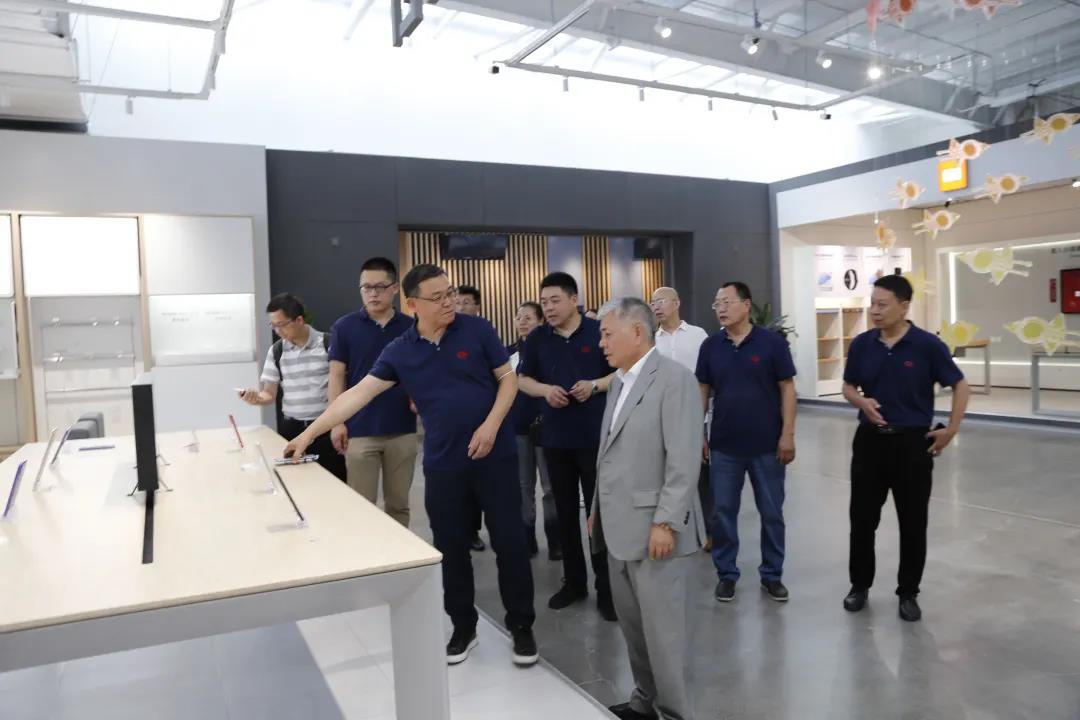دېكابىر . 11, 2024 09:38 Back to list
Robotic Solutions for Efficient Inventory Tracking and Management in Warehousing
Robots for Stock-Taking and Stock Management Revolutionizing Inventory Control
In today's fast-paced retail and manufacturing environments, efficient inventory management is crucial for companies striving to maintain competitiveness. With global supply chains expanding and consumer demands soaring, businesses are increasingly turning to technology for solutions. Among the most promising innovations are robots designed specifically for stock-taking and stock management. These robotic systems are not only transforming how organizations handle their inventory, but they also enhance accuracy, speed, and cost-efficiency.
The Evolution of Inventory Management
Historically, stock-taking has been a labor-intensive and time-consuming process. Companies relied on human workers to manually count stock items, often leading to discrepancies, lost productivity, and increased operational costs. As technological advancements have reshaped the landscape of inventory management, the shortcomings of traditional methods have become more apparent. In response, the industry has seen a surge in the adoption of automation technologies, and robotics has emerged as a game-changer.
How Robots Enhance Stock Management
Robots designed for stock-taking and management come equipped with various technologies, such as RFID scanning, computer vision, and AI-driven data analytics
. These features enable robots to navigate warehouse and retail environments autonomously, accurately identify items, and gather real-time data on stock levels.1. Accuracy and Efficiency One of the primary advantages of using robots for stock-taking is their ability to enhance accuracy. Traditional manual counting may result in human errors, while robots can consistently perform their tasks with precision. By utilizing RFID technology, robots can scan multiple items at once, significantly reducing the time required for inventory audits. This improvement in efficiency ensures that companies can maintain real-time visibility into their inventory levels, allowing for better decision-making.
2. Cost Reduction Automating stock management processes can lead to significant cost savings for businesses. While the initial investment in robotic systems can be considerable, the long-term benefits often outweigh these costs. By minimizing errors and reducing labor costs associated with manual counting, companies can reallocate resources toward more strategic initiatives. Furthermore, robots can operate around the clock, maximizing productivity and returning investments more quickly.
robots for stock-taking and stock management

3. Enhanced Safety With robots taking on the physically demanding tasks associated with stock management, workplace safety also improves. Heavy lifting and repetitive motions can lead to injuries for human workers, and by deploying robots for these tasks, companies can reduce the risk of accidents. This shift not only protects employee well-being but also fosters a more efficient workforce.
4. Data Utilization The integration of AI and data analytics capabilities in stock management robots allows businesses to harness the power of data. Continuous data collection leads to better insights into stock levels, demand forecasts, and supply chain dynamics. Armed with this information, companies can make agile adjustments to inventory strategies, reducing excess stock while ensuring product availability.
The Future of Robotics in Inventory Management
As technology continues to evolve, the capabilities of robots in stock management will only expand further. Advances in machine learning and AI are paving the way for robots to predict inventory needs and optimize supply chains autonomously. Moreover, the advent of collaborative robots (cobots) that can work alongside human employees offers even more flexibility in the workforce.
The transition to automated stock-taking does not come without challenges, particularly regarding integration with existing systems and the initial costs associated with implementation. However, as more companies recognize the tangible benefits of robotic inventory management, these challenges will likely diminish over time.
Conclusion
In conclusion, robots for stock-taking and stock management represent a significant evolution in inventory control practices. With their ability to enhance accuracy, increase efficiency, reduce costs, and improve workplace safety, these robotic systems are helping businesses adapt to the complexities of today’s supply chains. As technology continues to advance, the future promises even more innovative solutions, ensuring that companies can stay agile and competitive in an ever-changing market. Embracing this technological revolution will be essential for businesses aiming to thrive in the dynamic landscape of contemporary commerce.
-
The Benefits of Electronic Shelf Labels for Modern Stores
NewsJul.01,2025
-
Space-Saving Retail Store Furniture Designs for Small Shops
NewsJul.01,2025
-
Slatwall vs. Gridwall: Which Store Fixture is Right for Your Business?
NewsJul.01,2025
-
Shop Fittings: Essential Elements for a Functional Retail Space
NewsJul.01,2025
-
How to Design a Minimalist Cosmetic Shop Display
NewsJul.01,2025
-
Creative Clothes Shop Display Ideas to Attract More Customers
NewsJul.01,2025


















































































































